The American Nuclear Society (ANS) has written an open letter highlighting its concerns over a policy article published in Science on the weapons potential of high-assay low-enriched uranium (HALEU). In the article, published in June, nuclear scientists warned that governments and others promoting the use of HALEU for nuclear power had not considered the potential terrorism risk that widespread adoption of this fuel would create.1
HALEU is a nuclear reactor fuel enriched with uranium-235 to 5–20%. At 20% uranium-235 and above the mixture is called highly-enriched uranium (HEU) and it is internationally recognised that it can be employed in nuclear weapons.
Historically, HALEU use has been limited to research reactors, where it is used in small quantities, while commercial reactors typically use low-enriched fuels in the range of 3–5% uranium-235, which cannot sustain an explosive chain reaction.
However, new advanced reactors are being designed to run on HALEU – most favouring 19.75% uranium-235 – in the hope that these reactors will be smaller, more flexible and less expensive.
The authors of the Science article said that, in many of the designs, the amount of HALEU needed was ‘hundreds to thousands of kilograms’, which may mean that a single reactor contains enough HALEU to make a nuclear weapon. If this is the case, they said, commercialising HALEU fuels without ensuring that the material is ‘appropriately protected against diversion by national governments or theft by terrorists would pose a serious threat to security’.
An important conversation
In its open letter, the ANS said it acknowledged the importance of the discussion and the necessity of continually evaluating the proliferation risks associated with nuclear materials but that ‘after extensive technical review’ of the article it remained ‘unconvinced’.
The ANS went on to describe the ‘implied recommendation’ that the US should unilaterally decide international nuclear security policy domestically by lowering the enrichment threshold for commercial uranium fuel as ‘particularly problematic’. ‘We believe that this approach ignores the comprehensive assessments and effectiveness of existing domestic and international safeguards already in place, which have been developed in cooperation with international partners over many decades,’ the letter reads. ‘The article disregards the effectiveness of existing domestic and international safeguards and country-specific controls on possession and export of special nuclear material,’ it adds.
It also said that the article’s definition of ‘weapons-usable’ material based solely on having a finite critical mass did not fully address the ‘complex technical’ challenges involved in weaponisation, and that ‘hyperbole’ – specifically a pull-quote saying possession of HALEU meant countries would be ‘only days away from a bomb’ – was ‘inappropriate’ and ‘inflammatory’.
‘In summary, while we agree that the proliferation risks of HALEU merit careful consideration, we are confident that these can be addressed within the existing international frameworks,’ the letter concluded.
In a written response to the ANS, shared with Chemistry World, the authors of the Science article said it was ‘understandable’ the organisation found their stance ‘challenging’, but that it was important to understand the actual risk associated with HALEU and to ensure that safeguards and security standards are ‘commensurate’.
‘The ANS rebuttal to our article suggests that the United States should not unilaterally determine its own domestic security policy,’ wrote R Scott Kemp, an expert in nuclear science and engineering at the Massachusetts Institute of Technology, and colleagues. ‘On the contrary, it is a well-established principle that nuclear security is the sovereign responsibility of individual states, as enshrined in the Convention on Physical Protection of Nuclear Material.’
‘Our article points out that the existing standards for HALEU were established in an era where the only large aggregations of uranium fuel were enriched to less than 5% uranium-235. If new reactors are to use large quantities of HALEU instead, it is only sensible that the standards be reevaluated and, if necessary, adjusted to accommodate this change.’
The authors said it was ‘essential’ that the nuclear engineering community know where ‘proliferation-safe boundaries lie’. ‘The US government has seen fit to openly acknowledge the weapons usability of highly enriched uranium, uranium-233 and plutonium. Contrary to the ANS letter’s suggestion, we feel an open acknowledgement of any HALEU boundary is needed too.’
‘We understand that ANS has lobbied for federal support for HALEU programs and that billions in federal funds now hang in the balance, but we hope that the ANS would put the security of the nation before the financial interests of its members .’
‘Hyperbolic’ tone
Hassan Elbahtimy, an expert on international security and the global politics of nuclear, chemical and biological weapons at King’s College London, says he thinks both sides of the debate get some aspects right. ‘The Science article is right to point out that using HALEU would increase the risk of proliferation (although that depends on a number of factors including political and social not just availability of material),’ he explains. ‘These are materials that if widely used will come with more risks even if they are not directly relevant for developing weapons.’
However, he agrees with the ANS that the tone of the Science article is ‘hyperbolic’. ‘I think this is in part because people concerned about weapons and nuclear energy always feel they need to scream louder about the dangers given what they see as general apathy on these issues.’
Elbahtimy says that it is possible to further enrich HALEU to weapons grade material and while producing fissile material in the right configuration is the most challenging aspect of building a nuclear weapon, it is not the only one. ‘The [ANS’s] response letter seems to under appreciate that risk and over rely on current international verification methods. Even as they acknowledge that proliferation risk needs further assessment, they don’t seem too bothered by it which I think is dangerous.’
He adds that there is a larger story about renewed enthusiasm for nuclear energy on the back of climate change and the promise of new technology that could make nuclear energy work better. ‘For enthusiasts for nuclear energy, as well as the nuclear industry and lobby, this is very important, and they will defend and advocate the use and expansion of nuclear power as much as they can. For sceptics, the risks are too high: from the spread of dangerous material to safety concerns to financial concerns to concerns about lobbying and disinformation.’





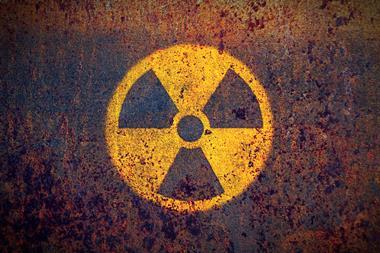
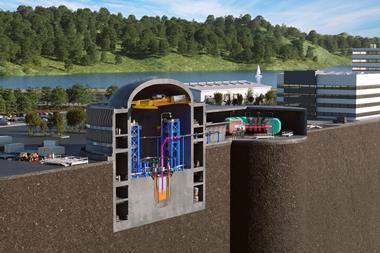
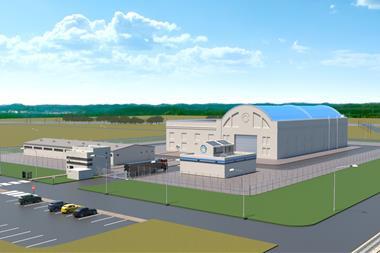

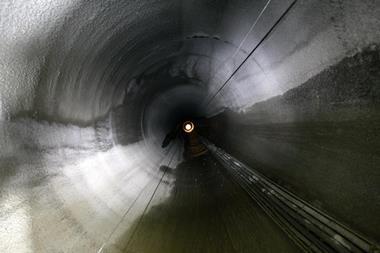
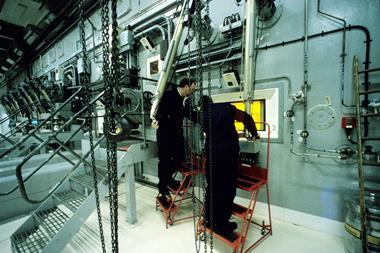






No comments yet